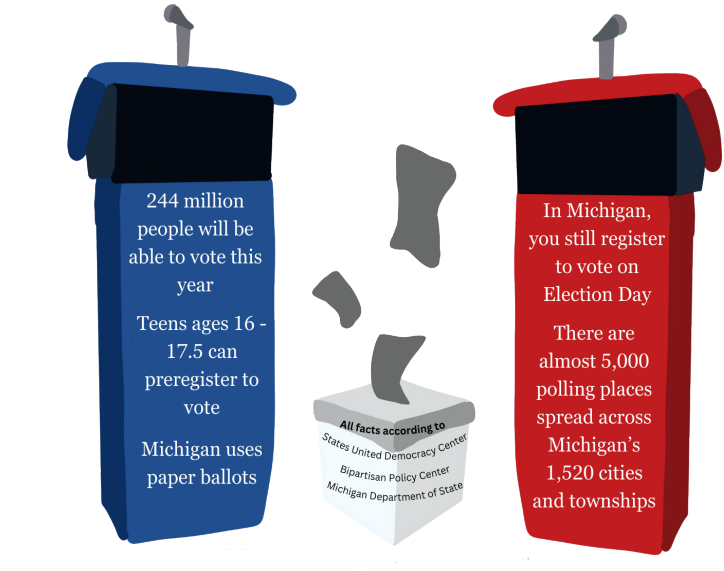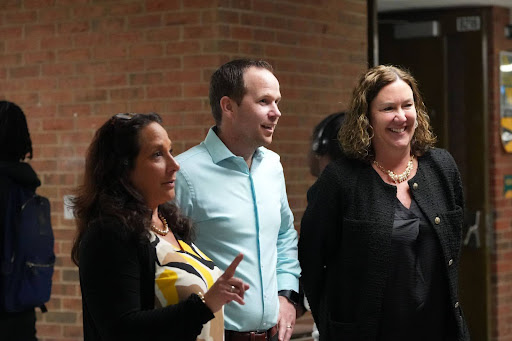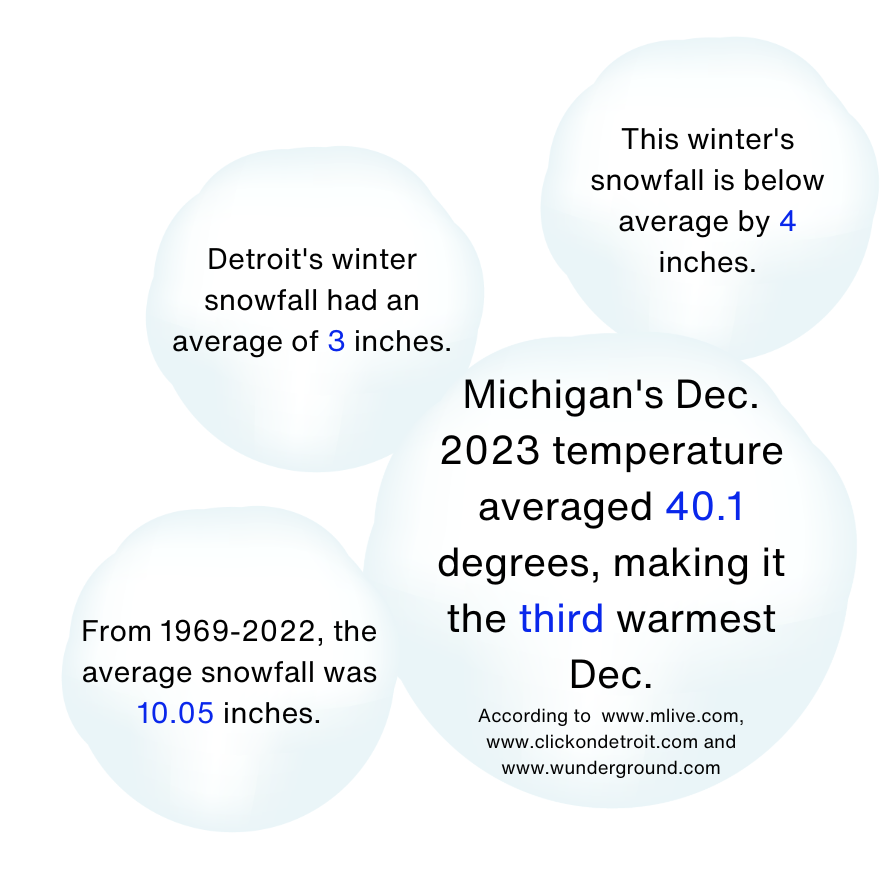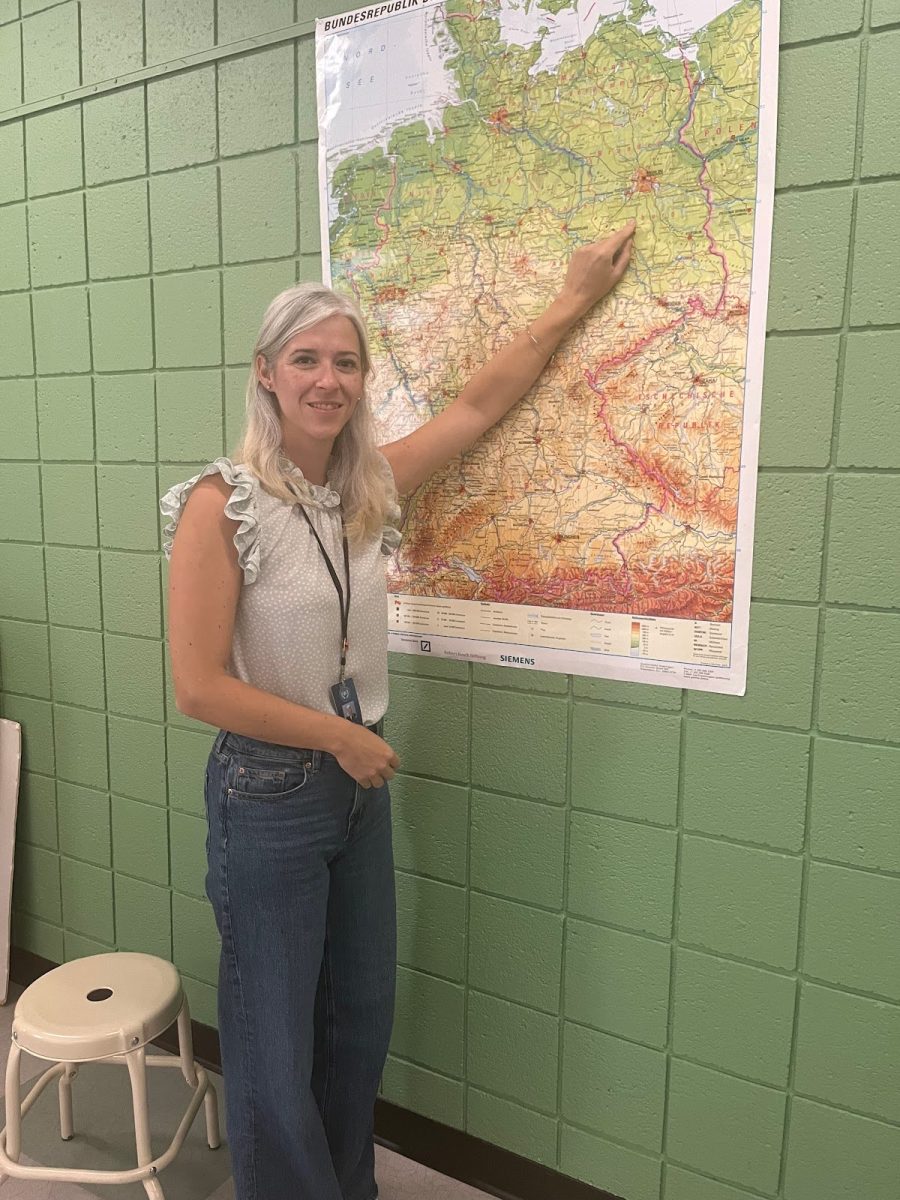
The Free Application for Federal Student Aid [FAFSA] is a significant document that students complete to request financial assistance for college. This program is designed to support students from lower-income backgrounds, enabling them to pursue a wider range of academic opportunities. FAFSA is mandatory in the majority of states, colleges, universities and scholarship organizations. It serves as a determining factor in addressing a student’s eligibility for financial aid. However, these changes may be altering some student’s college decisions.
Changes in the FAFSA form officially took place on Dec. 31, the new form includes fewer questions and a later due date. However, the way aid eligibility is calculated has changed and every contributor to the FAFSA needs their own FSA identification. As these changes are being enforced, Chad Sanders, communications manager at Michigan State University Office of Financial Aid, expresses it will be easier for families utilizing FAFSA.
“The updates are meant to make the process of filling out the FAFSA more streamlined and user-friendly,” Sanders said. “For families who have experience filling out the FAFSA previously, it will be a big change. If it’s your first time through the process, as far as you know, this is the way it’s always been.”
After these changes are made, students with a sibling close in age will get half the amount they would have received originally. This new change impacts students who would have qualified for a Pell Grant. This will affect students like Senior K’yon Hudson’s academic opportunities during his application process.
“I would say this affects me as the changes in financial aid could influence my college decision-making process,” Hudson said. “ I may need to reconsider my options and explore alternative financial strategies to afford higher education, potentially impacting my choice of institutions and academic pursuits.”
Additionally, questions about retirement information and asset information are being added. Before the changes, students were able to complete a majority of the financial aid form by themselves. Although Sanders previously stated these changes should be more user-friendly, counselor Jill Davenport believes the form will be harder for students to complete independently.
“In the past, a student could do probably 70-80% of the FAFSA themselves because they could do much of the parents’ piece,” Davenport said. “Now they can’t do that, they can only do their own specific piece of that. They are going to really be dependent on their parents to complete the pieces that need to be done.”
According to Sanders, over 60o thousand additional students from low-income backgrounds are expected to qualify for Federal Pell Grants compared to previous eligibility criteria. This shift holds the promise of broader financial support, potentially opening up new opportunities for those who may have faced financial barriers in pursuing their education.
“We won’t know for sure what this means in terms of how much aid individual students will receive until completed FAFSA applications start rolling in,” Sanders said. “But ED [US Department of Education] says that over 600 thousand more students from low-income backgrounds will qualify for Federal Pell Grants than qualified previously.”

















![Feeling nostalgic about his team in Spain, junior exchange student Juan Domingo has decided to start his own boys volleyball team here at North. “I'm actually asking friends and asking people I know if they’re interested,” Domingo said. “Some who reads this may join and if the athletic [director] approves it, more people can join.”](https://northpointenow.org/wp-content/uploads/2024/10/volleyball-e1728674556399-1091x1200.jpg)
